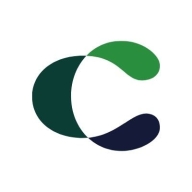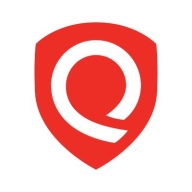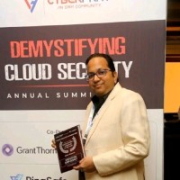

Qualys Web Application Scanning and Contrast Security Assess are competitors in the web application security tool category. Contrast Security Assess appears to have the upper hand due to its advanced features and real-time monitoring capabilities, despite higher pricing.
Features: Qualys Web Application Scanning is known for its thorough scanning, detailed reporting, and user-friendly interface. Contrast Security Assess offers real-time monitoring, seamless integration into development environments, and proactive vulnerability detection, making it feature-rich.
Room for Improvement: Qualys Web Application Scanning could enhance scalability, detection accuracy, and adaptiveness to emerging threats. Contrast Security Assess could improve documentation, simplify the setup process, and better adapt to rapidly evolving security landscapes.
Ease of Deployment and Customer Service: Qualys Web Application Scanning is appreciated for simple deployment and strong customer support, suitable for less experienced security teams. Contrast Security Assess, while effective, presents a steeper learning curve with users needing more setup guidance despite effective customer service.
Pricing and ROI: Qualys is known for competitive pricing and quick ROI, attracting cost-conscious buyers. Contrast Security Assess, with its extensive features, justifies higher costs by delivering substantial long-term ROI, particularly in complex environments.
| Product | Market Share (%) |
|---|---|
| Qualys Web Application Scanning | 2.0% |
| Contrast Security Assess | 0.8% |
| Other | 97.2% |


| Company Size | Count |
|---|---|
| Small Business | 2 |
| Midsize Enterprise | 3 |
| Large Enterprise | 6 |
| Company Size | Count |
|---|---|
| Small Business | 8 |
| Midsize Enterprise | 6 |
| Large Enterprise | 27 |
Contrast Security is the world’s leading provider of security technology that enables software applications to protect themselves against cyberattacks, heralding the new era of self-protecting software. Contrast's patented deep security instrumentation is the breakthrough technology that enables highly accurate assessment and always-on protection of an entire application portfolio, without disruptive scanning or expensive security experts. Only Contrast has sensors that work actively inside applications to uncover vulnerabilities, prevent data breaches, and secure the entire enterprise from development, to operations, to production.
Qualys Web Application Scanning (WAS) is a fully cloud-based web application security scanner. The scanner will automatically crawl periodically and test web applications to discover potential vulnerabilities, including cross-site scripting (XSS) and SQL injection. The consistent testing equips the automated service to generate consistent results, lessen false positives, and offer the ability to scale to protect thousands of websites effortlessly.
Qualys Web Application Scanning is bundled with different scanning technology to carefully scan websites for malware infections and will send notifications to website owners to assist in preventing blacklisting and brand reputation damage. As digital transformation takes place in various organizations, Qualys WAS gives organizations the ability to track and document their web app security status through its interactive reporting capabilities.
Qualys WAS empowers organizations to remediate any web application vulnerabilities quickly. Some of the key tools offered are:
Benefits of Qualys Web Application Scanning
Qualys Web Application Scanning offers many benefits, including:
Reviews from Real Users
Qualys Web Application Scanning stands out among its competitors for a variety of reasons. Two of those reasons are its progressive scan and quick detection of vulnerabilities.
P.K., a senior software developer at a tech vendor, writes, "The feature that I have found most valuable is the progressive scan. It is good. It's done in 24 hours."
Nagaraj S., lead cybersecurity engineer at a tech service company, notes, "I have found the detection of vulnerabilities tool thorough with good results and the graphical display output to be wonderful and full of colors. It allows many types of outputs, such as bar and chart previews."
We monitor all Application Security Tools reviews to prevent fraudulent reviews and keep review quality high. We do not post reviews by company employees or direct competitors. We validate each review for authenticity via cross-reference with LinkedIn, and personal follow-up with the reviewer when necessary.